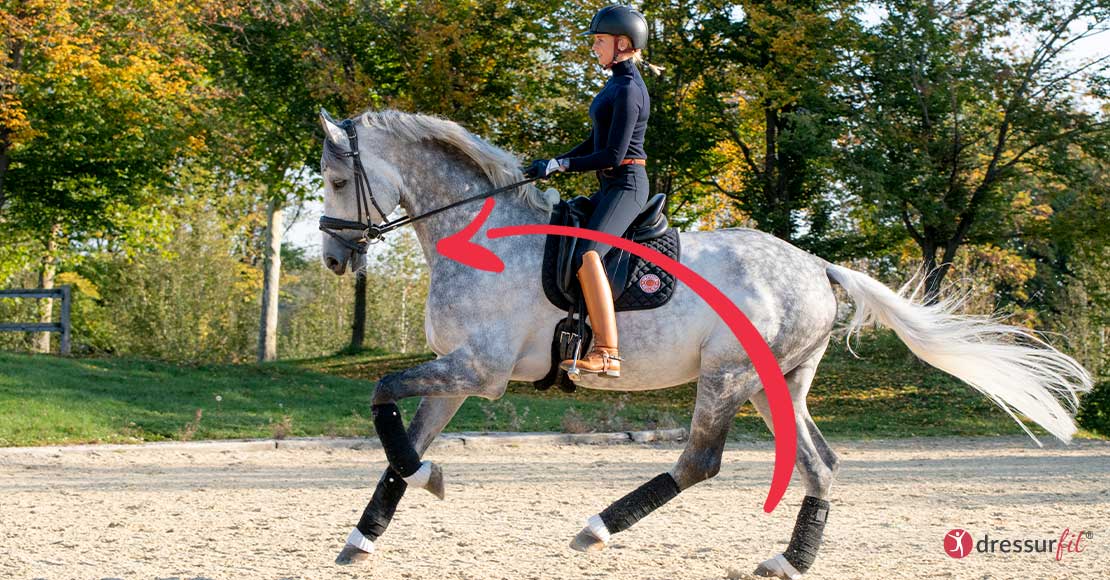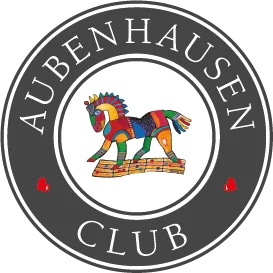
How to help your horse use his back correctly
The training of a horse is guided by the training scale which can be divided into two principal elements: the development of pushing power (thrust) and the development of carrying power.
The horse’s back is the key to success here. The thoracic spine has 18 vertebrae, eight of which are connected to the sternum via the ribs. It forms the barrel of the horse, connecting forehand and hindquarters, and carrying the weight of the rider. When the rider helps the horse to use his back correctly, it is much easier for the horse to perform well. A swinging back is the result of throughness, activity, and working muscles. The horse is supple and relaxed, moving freely without tension, and the longissimus dorsi muscles to the left and right of the spine are loose and alternate contracting and relaxing during movement.
The result of a swinging back:
The horse is easily able to transfer the push from the hindquarters into forward impulsion, and movement is freely flowing through the horse’s body. The rider can sit well and use their leg for driving aids. The walk is forward and even, the trot cadenced and with impulsion, and the canter is round with a powerful, consistent jump.
The starting point for this training differs for every horse. There are horses with near perfect “measurements” – a rectangular build with well-formed withers and saddle areas. But there are also horses with long, weak backs who lack topline muscles, horses with a square or vertical rectangular built who often have a short, tight back.
It is important that every horse is enabled to open and raise their back during training. Benjamin Werndl explains in this interview how to train your horse in a way that allows to use the back correctly. He describes all the implications of the correct back and how to best tell if your horse is “giving you his back.”
More balance and suppleness require both – a relaxed horse and a calm, following rider. In our Academy courses, you’ll find numerous riding tips from Jessica von Bredow-Werndl and Benjamin Werndl. And in our DressurFit program, you’ll discover exercises to improve your own mobility and strength. Take your riding to the next level – for you and your horse!
